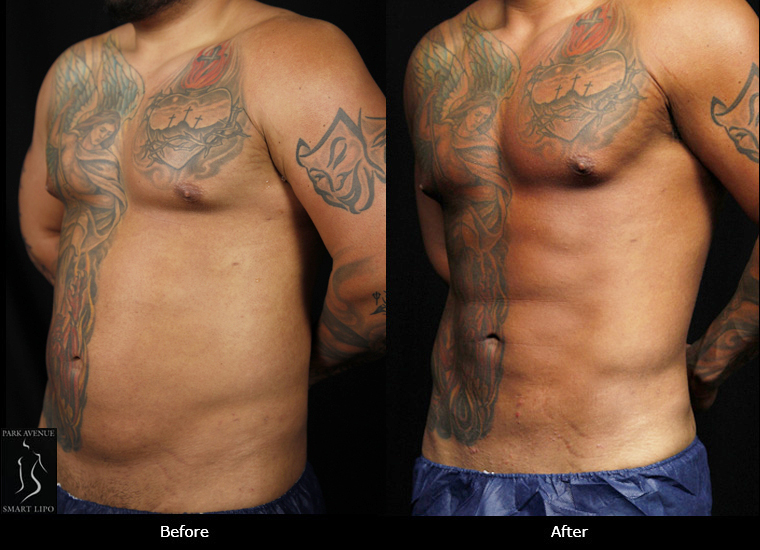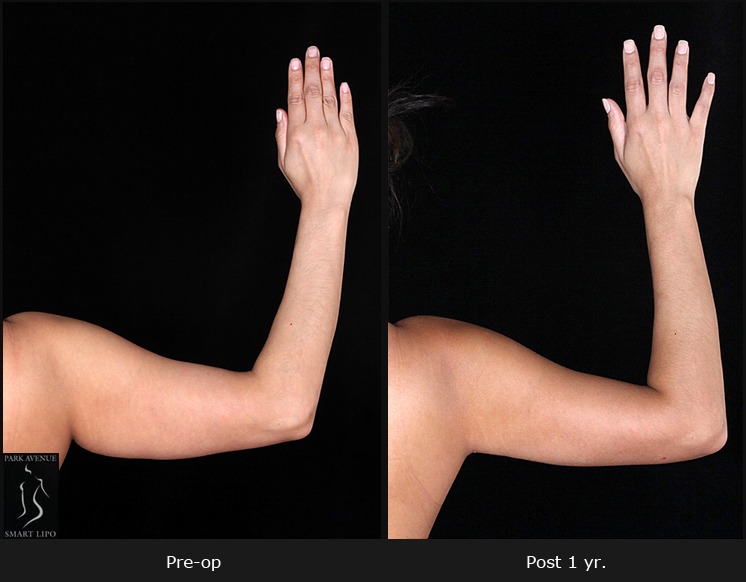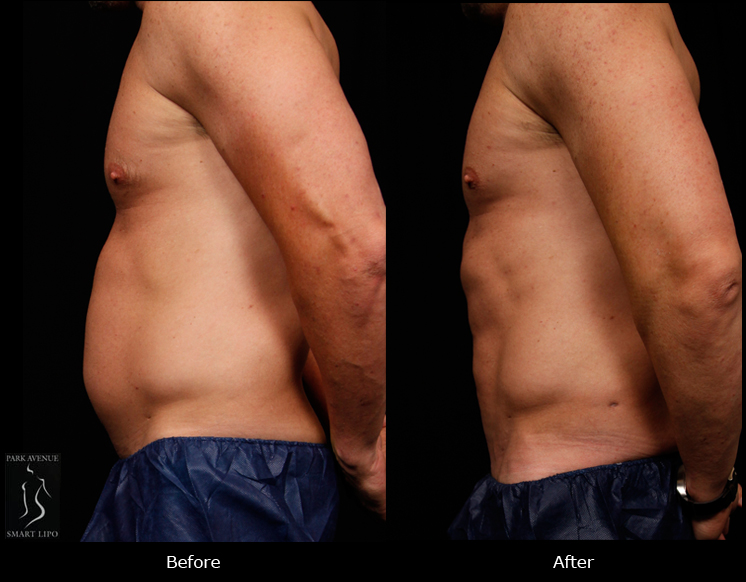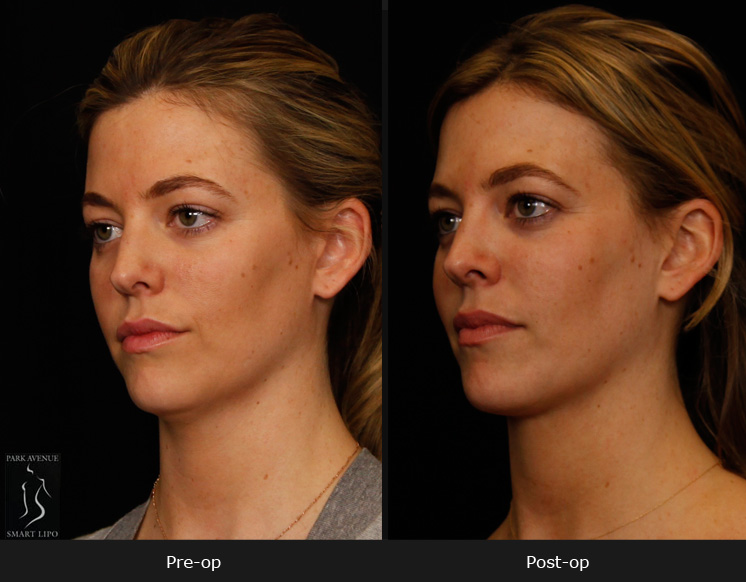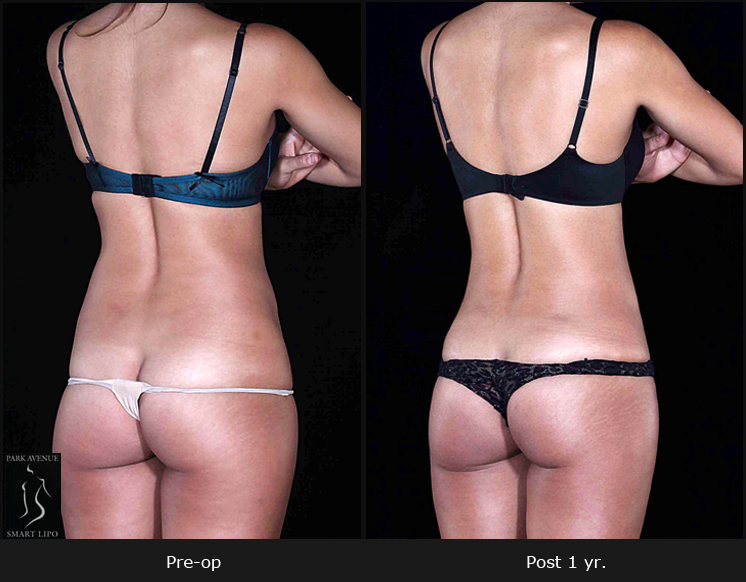For most people, getting rid of fat around the knees is not easy with just diets and exercise. Liposuction for knees has become a popular option to address this aesthetic concern. Factors such as aging, hormonal changes especially during pregnancy and weight gain cause fat to build up around the knees. The procedure involves removing stubborn fat on either side of the knees or behind the knees. Knee lipo provides more definition to the knee cap, the front structures of the knee, the lower fibula area, and the calves. The procedure is typically done in conjunction with inner and outer thigh liposuction. Knowing how to care for your legs after knee liposuction surgery is crucial for smooth recovery and optimal results.
Knee Liposuction using Smartlipo Triplex
Skilled plastic surgeons perform knee liposuction using Smartlipo Triplex. This minimally-invasive technology features powerful lasers in three wavelengths to melt the fat for easier removal. The heat generated during the procedure also helps tighten the skin quickly. With this FDA approved laser-assisted device, patients experience minimal scarring, swelling, bleeding, bruising and pain. Localized fat reduction can be performed on an outpatient procedure under local anesthesia. Other benefits of using Smartlipo Triplex include short treatment time and downtime, faster healing, and speedy recovery.
As with all cosmetic surgical procedures, you need to follow your surgeon’s instructions carefully for smooth recovery.
Recovering from Knee Liposuction
Each person’s post-lipo experience is different and time for recovery depends on many factors including the technique used, how you care for yourself following surgery, health status, and other factors. You have to follow your surgeon’s instructions to achieve a speedy recovery and to avoid complications. Wearing a knee compression garment for about 10 days is essential to control swelling and to compress the skin to the new contour.
Here are some tips for smoother recovery after knee fat removal:
- Keep your legs elevated using a pillow for a few days following treatment to minimize the swelling.
- Use the compression garment as advised. Wearing compression garments after knee liposuction helps control the swelling and compress the skin to fit the new shape.
- Use a cane to move around during the initial days to speed up the healing process.
- Keep the bandages and wrappings clean and change them regularly to avoid chances of infection.
- Lightly massage your lower legs from the ankle towards the knee a few times a day, for a few minutes to improve blood and lymphatic circulation in the area.
- Perform light exercises like calf raises and heels lift every day.
- Pain and swelling are common side effects after knee lipo. Take the prescribed medications on time and as advised.
- Drink plenty of water to promote healing and reduce swelling.
- Consume protein-rich foods, fruits, and vegetables to aid tissue repair.
- Stick to healthy habits to maintain your results.
What not to do after knee liposuction:
- Avoid bending your knees, running, and performing strenuous lower body exercise till you recover fully.
- Avoid smoking and alcohol as they will delay healing and increase the risk of complications.
Your health and safety are critical factors to consider when you have plastic surgery. So make sure you choose a reliable, qualified plastic surgeon with experience in performing laser liposuction of the knees. When you are in the right hands, you can expect safe and effective treatment, including valuable guidance and support for a smooth recovery. Choosing a surgeon with extensive experience in performing knee liposuction is crucial for a successful outcome. At an AAAASF accredited plastic surgery practice, you can expect excellent treatment and follow-up care till full recovery.
Achieve beautifully contoured legs with safe, effective care.


